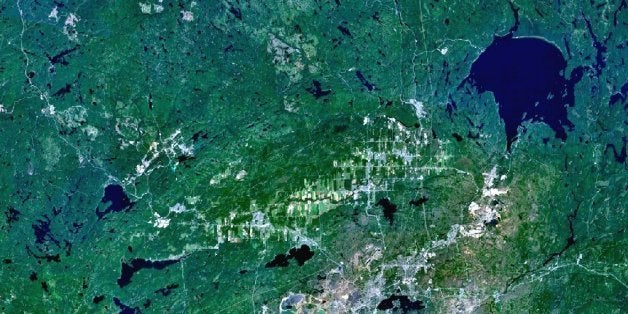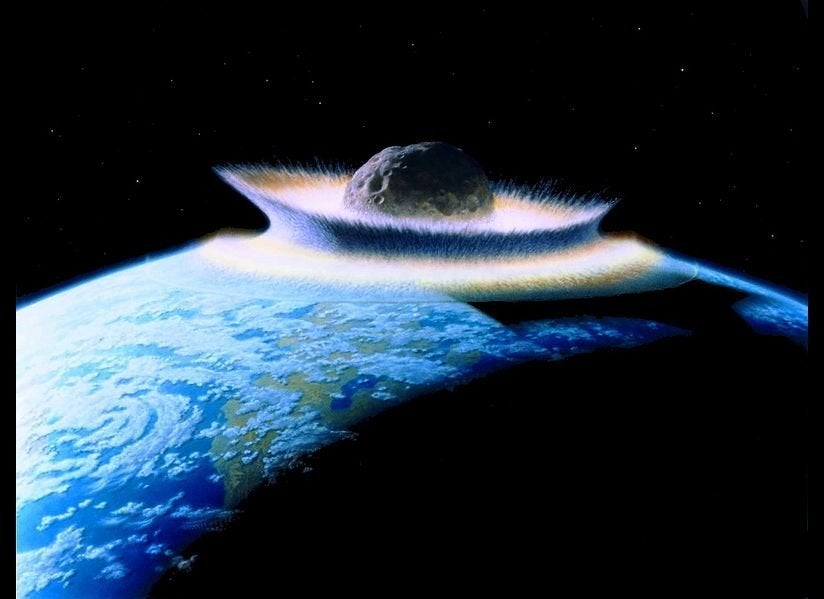
What kind of object punched a huge hole in Ontario?
Since the 1960s, scientists have believed that the Sudbury Basin, a vast crater in Northern Ontario, was created by the impact of some very large object. But it wasn't clear whether the object was a rocky asteroid or an icy comet--until now.
According to a new study by researchers in Canada and Ireland, it was a comet.
The basin measures about 62 kilometers long by 32 kilometers wide by 15 kilometers deep, making it the second-biggest impact crater on Earth after South Africa's Vredefort crater. With an estimated age of 1.85 billion years, the basin is also one of the oldest impact craters in the world.
The study--a detailed geochemical analysis of 69 rock samples taken from the area--showed that whatever caused the basin vaporized almost completely on impact, according to a written statement released by Trinity College Dublin. Since an asteroid big enough to have created the crater likely wouldn't have vaporized to that extent, the researchers concluded that the "comet-as-culprit" scenario was by far the more likely one.
"Of course, the Rosetta mission that has been in the news lately will (hopefully) provide unprecedented information about the structure and chemistry of comets," Petrus said in an email to The Huffington Post, "so we are waiting anxiously to hear their results!"
The study will be published in the Feb. 1 issue of the journal Terra Nova.
Correction: A previous version of this article reported the basin to have an estimated age of 1.85 million years, which has been corrected to 1.85 billion years.

